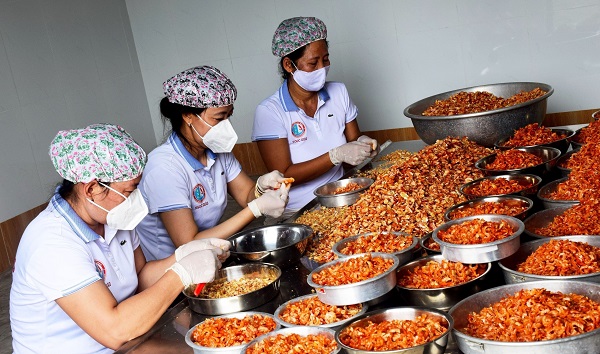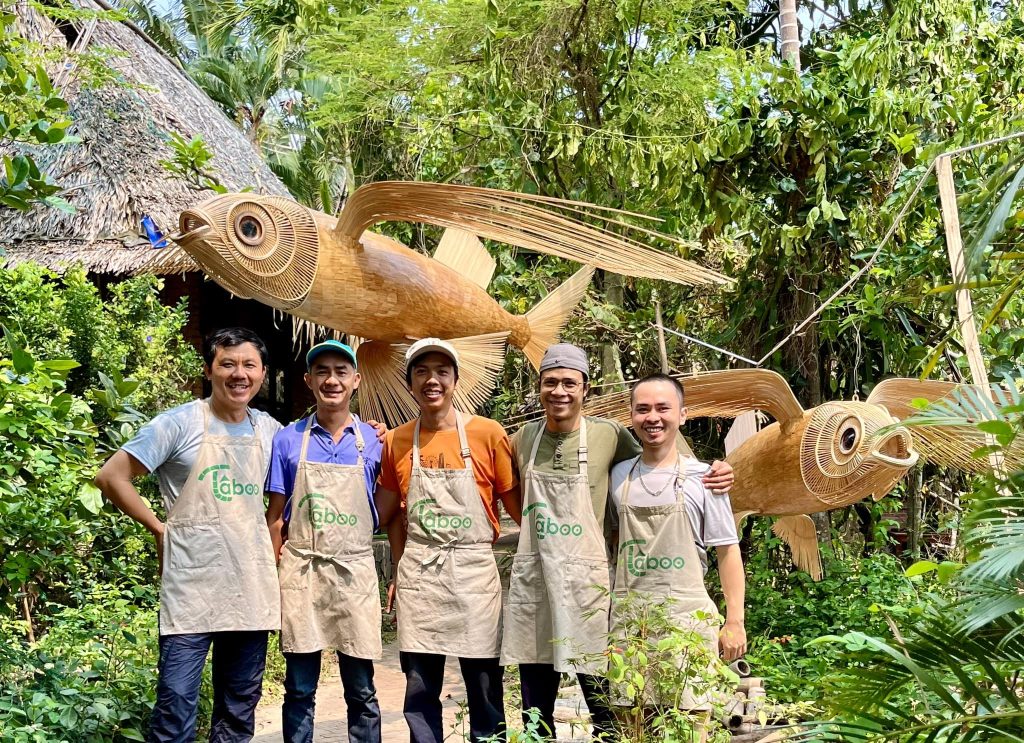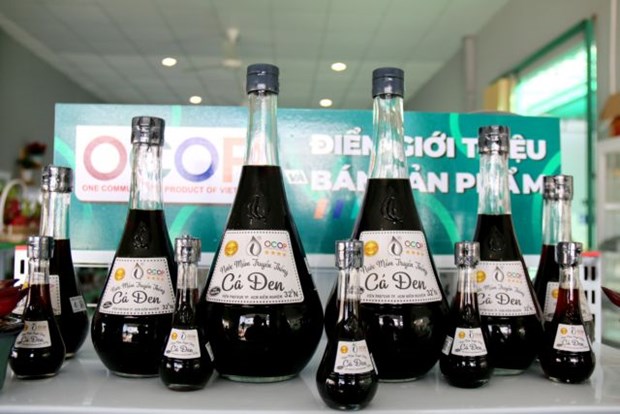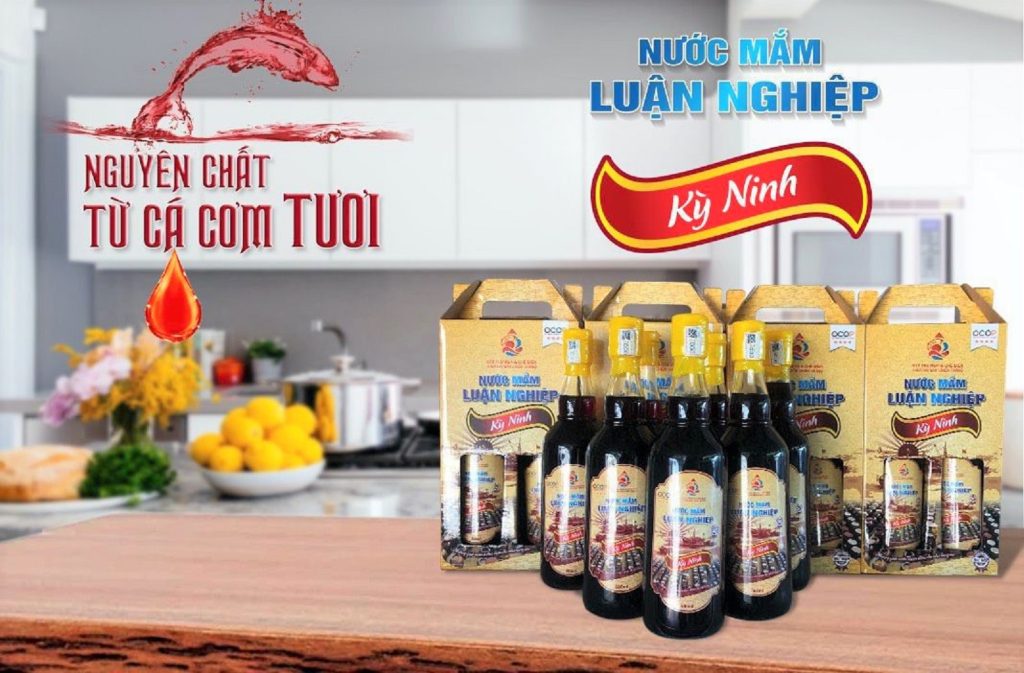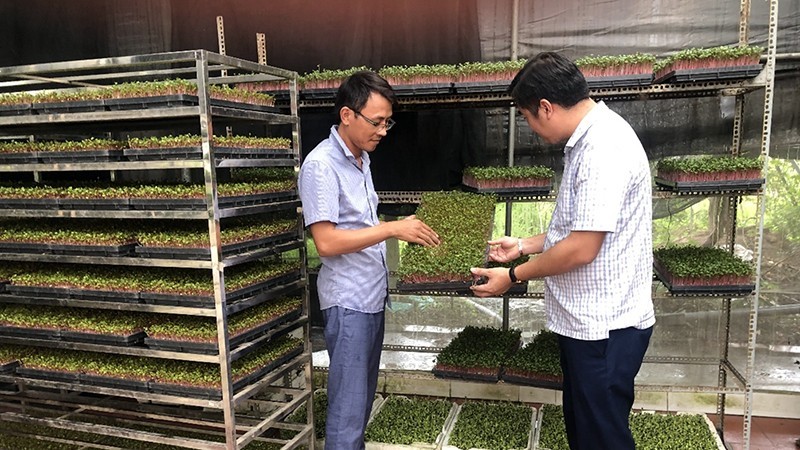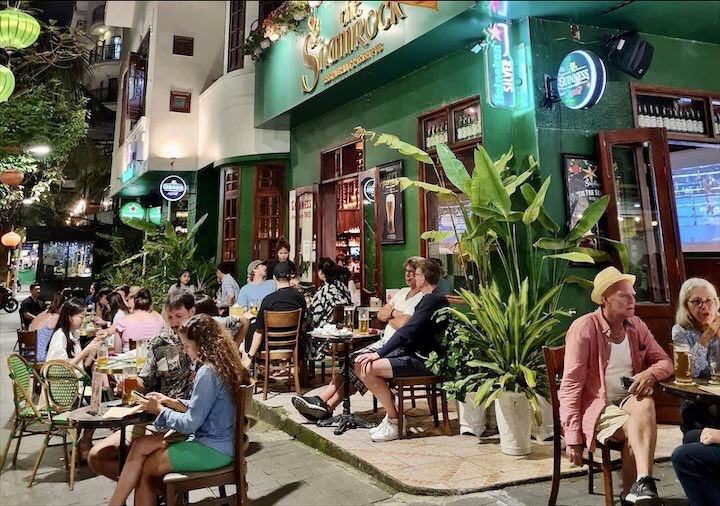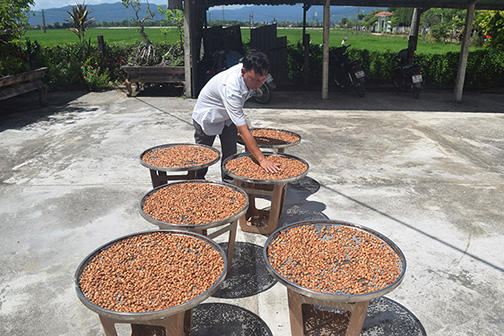
Currently, Ca Mau province has over 100 dried shrimp production facilities from the scale of households to cooperatives.
The craft of making dried shrimp has been closely linked to community life of Ca Mau residents for a long time, the history of exploring the land of Ca Mau. The shrimp is the most familiar and popular product that Ca Mau residents exploit for survival purposes in the new land. When shrimp reserves were too abundant, the craft of making dried shrimp was formed, a special but popular profession in Ca Mau.
Technically, it is also folk knowledge in cuisine, from how to clean ingredients, the process of boiling shrimp, drying shrimp, peeling shrimp, and experience in preparing dishes. The ingenuity of the dried shrimp maker is knowing how to mix salt water to boil the shrimp, watch the fire, time to boil the shrimp, drying mode and stirring the shrimp while drying, etc.
Dried shrimp products have become a traditional dish during holidays and Tet for Southern people in general and Ca Mau people in particular. Among them, the dish of dried shrimp and pickled shrimp during Lunar New Year is available in almost every house, becoming a unique culinary culture of Ca Mau people.
Dishes from dried shrimp can be prepared in a variety of ways such as: Instant dried shrimp, floss, sour salad, soup, roasted dried shrimp with salt, stir-fried corn with dried shrimp, dried shrimp satay, dried shrimp with caramelized fish sauce, dried shrimp simmered in fish sauce, etc.
The dried shrimp making profession has many conditions to maintain and develop with raw material areas in all localities in Ca Mau province. According to data from the Department of Statistics of Ca Mau province in 2022, Ca Mau province has over 283,000 hectares of shrimp farming land, distributed throughout the province; Total shrimp production in 2022 will reach over 227,700 tons. This is an abundant source of raw materials to maintain and develop the craft of making dried shrimp in localities in the province.

